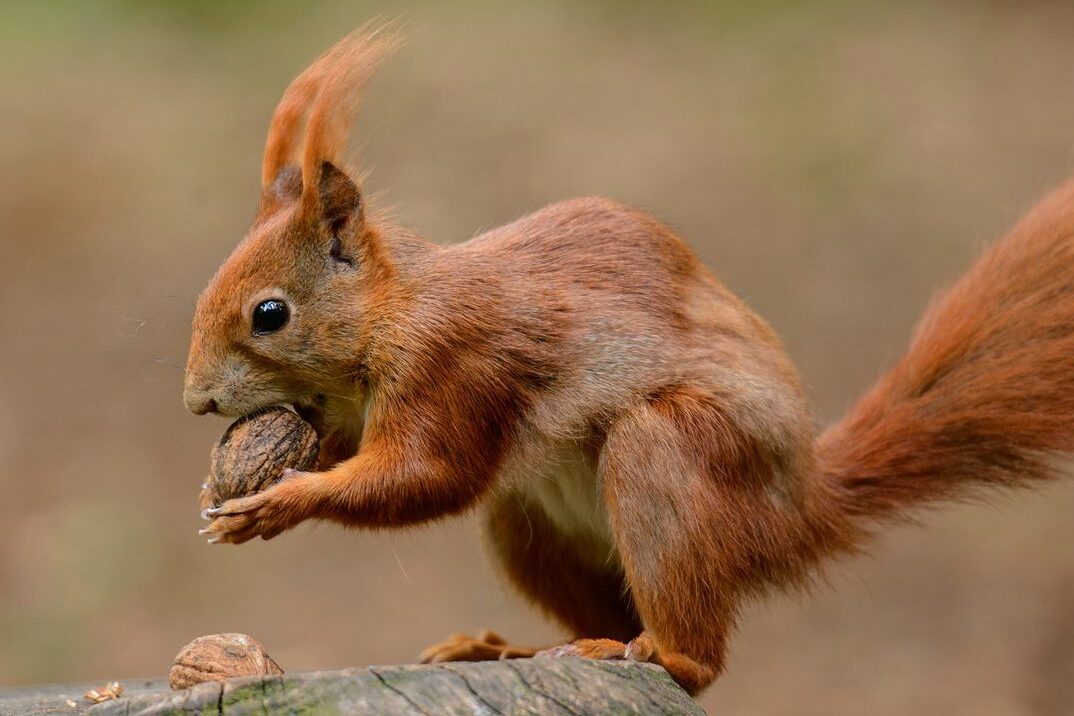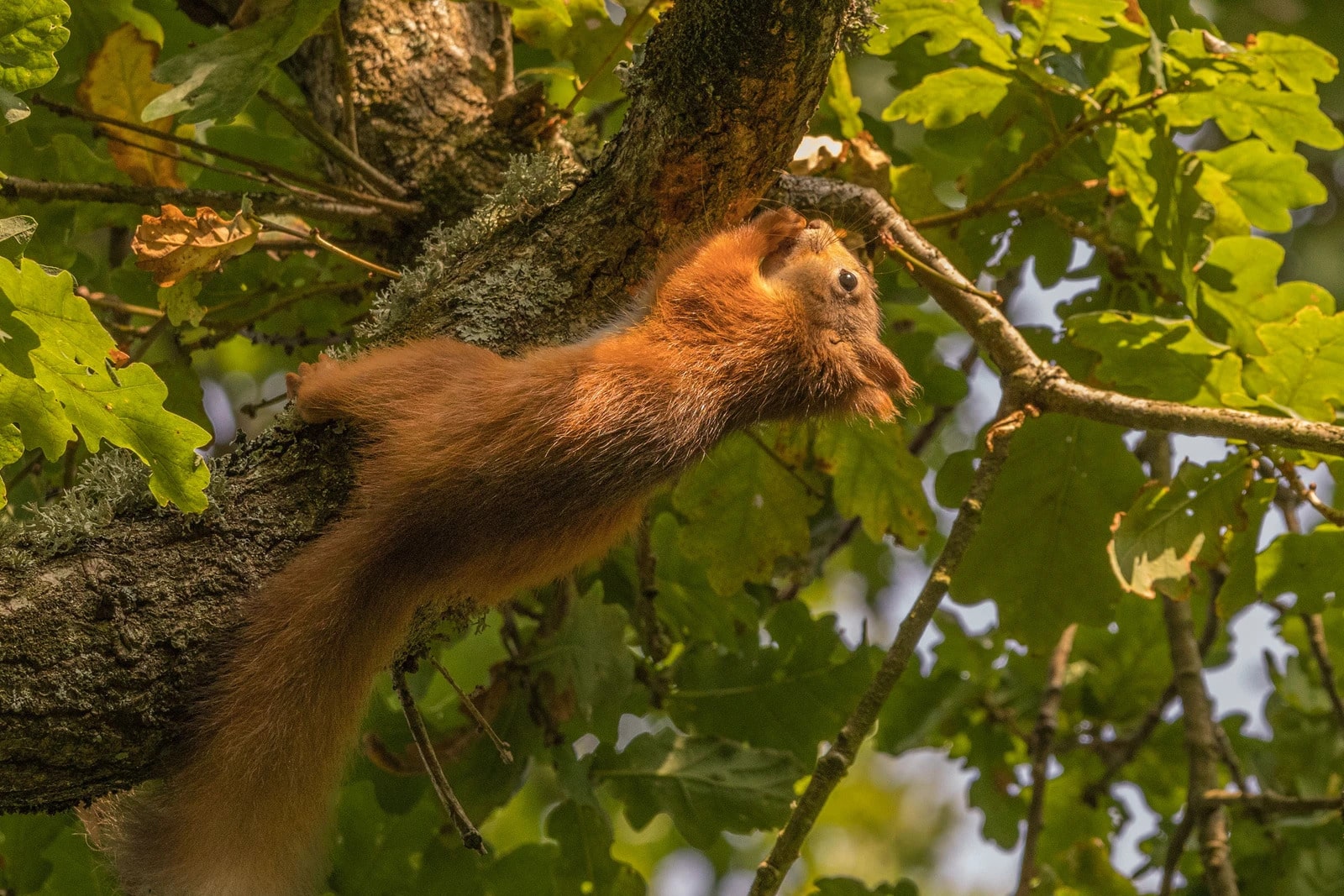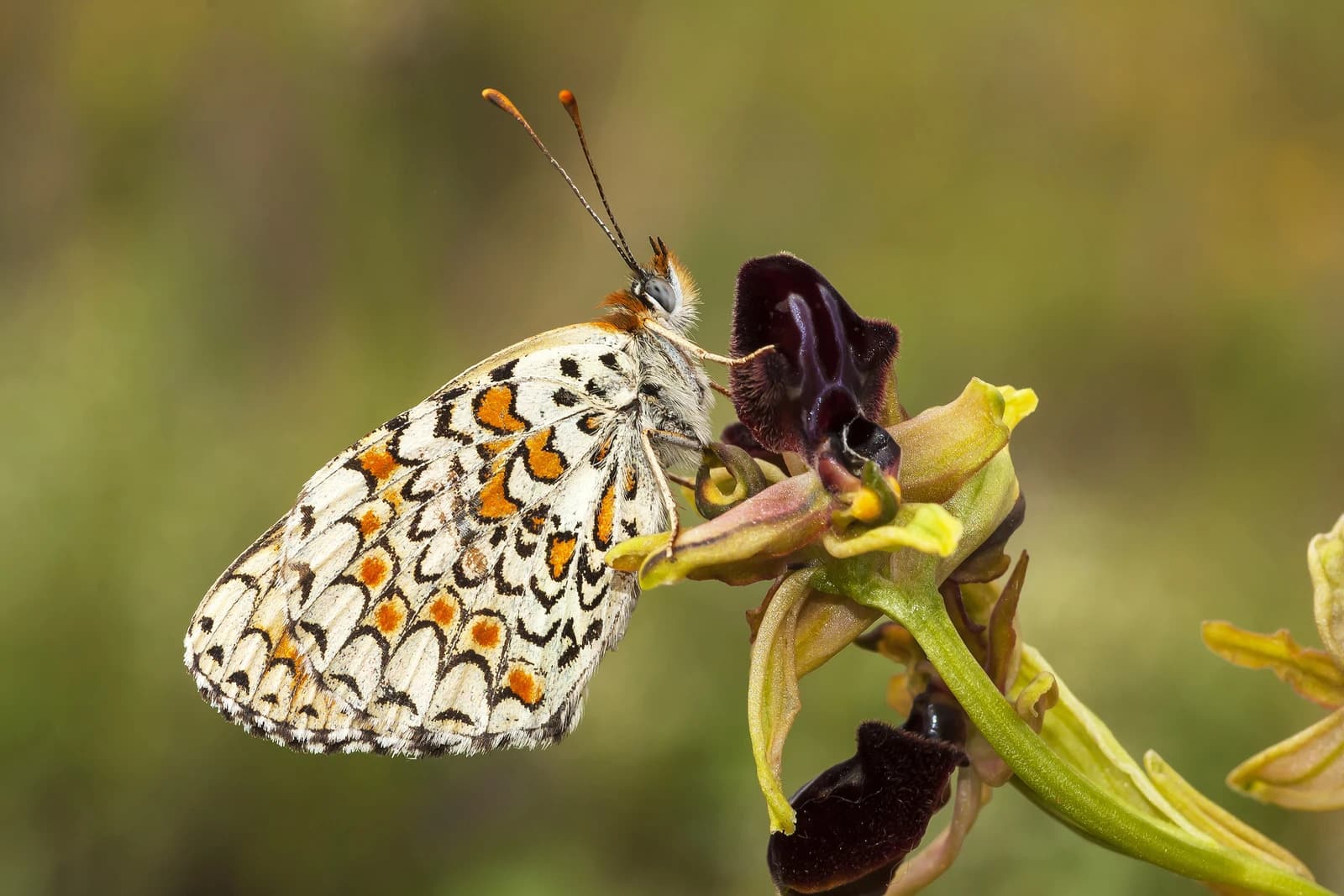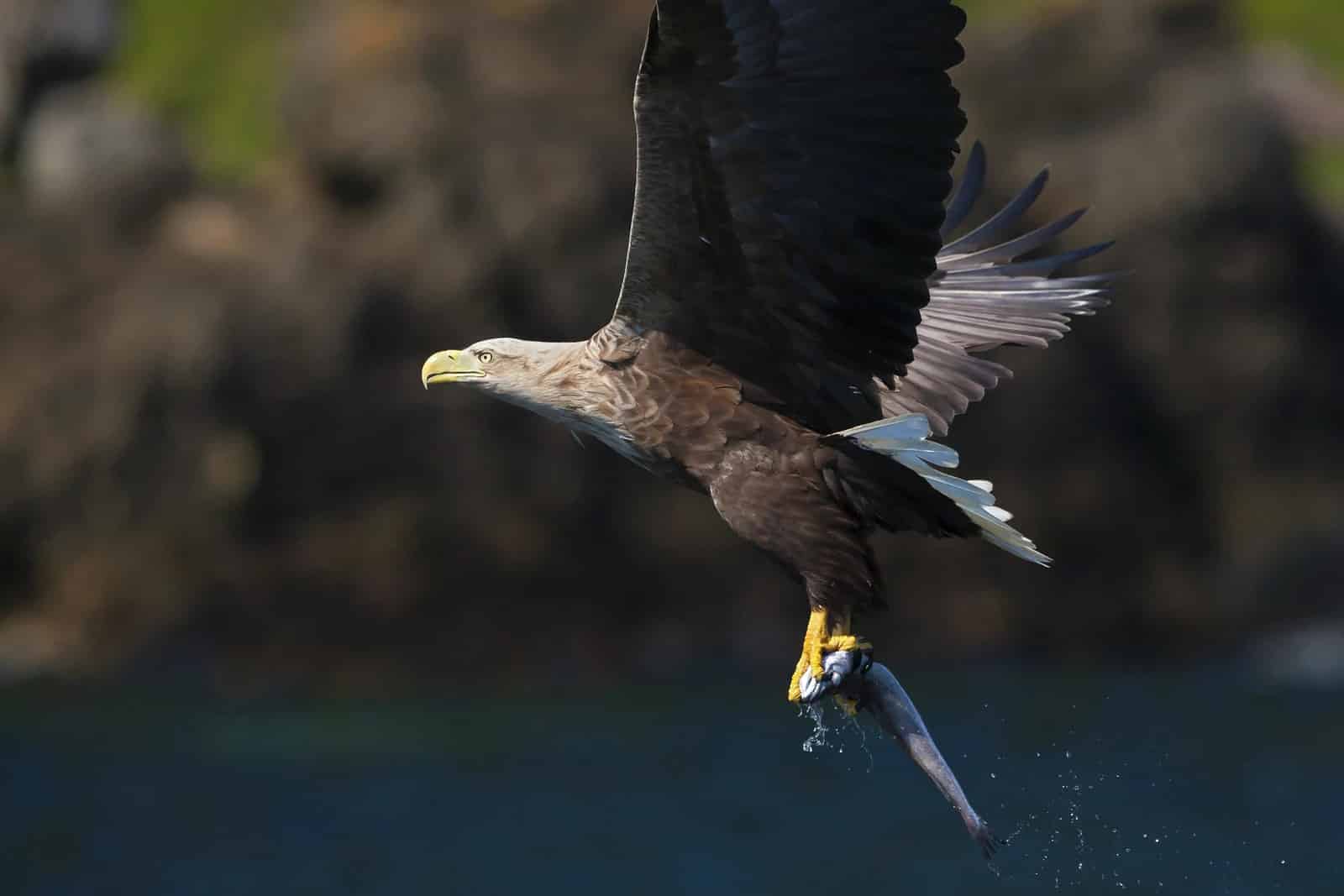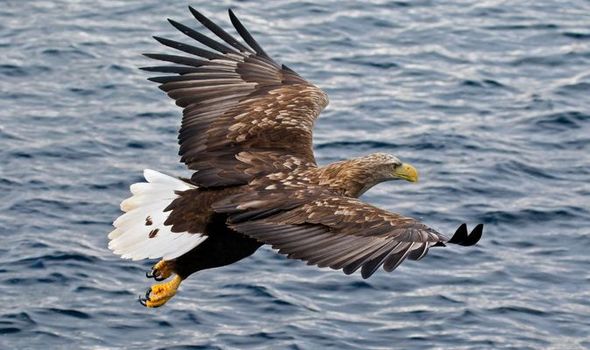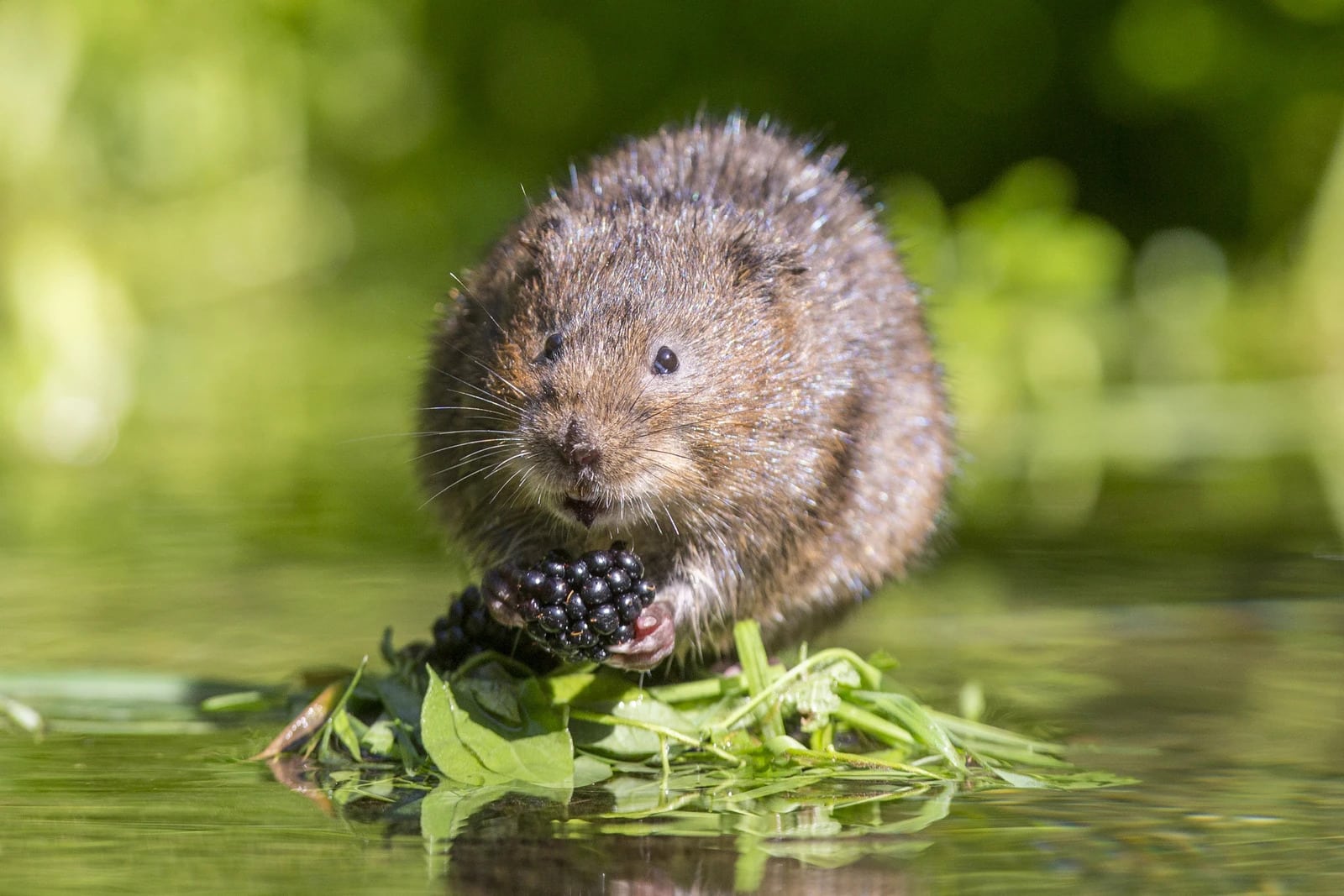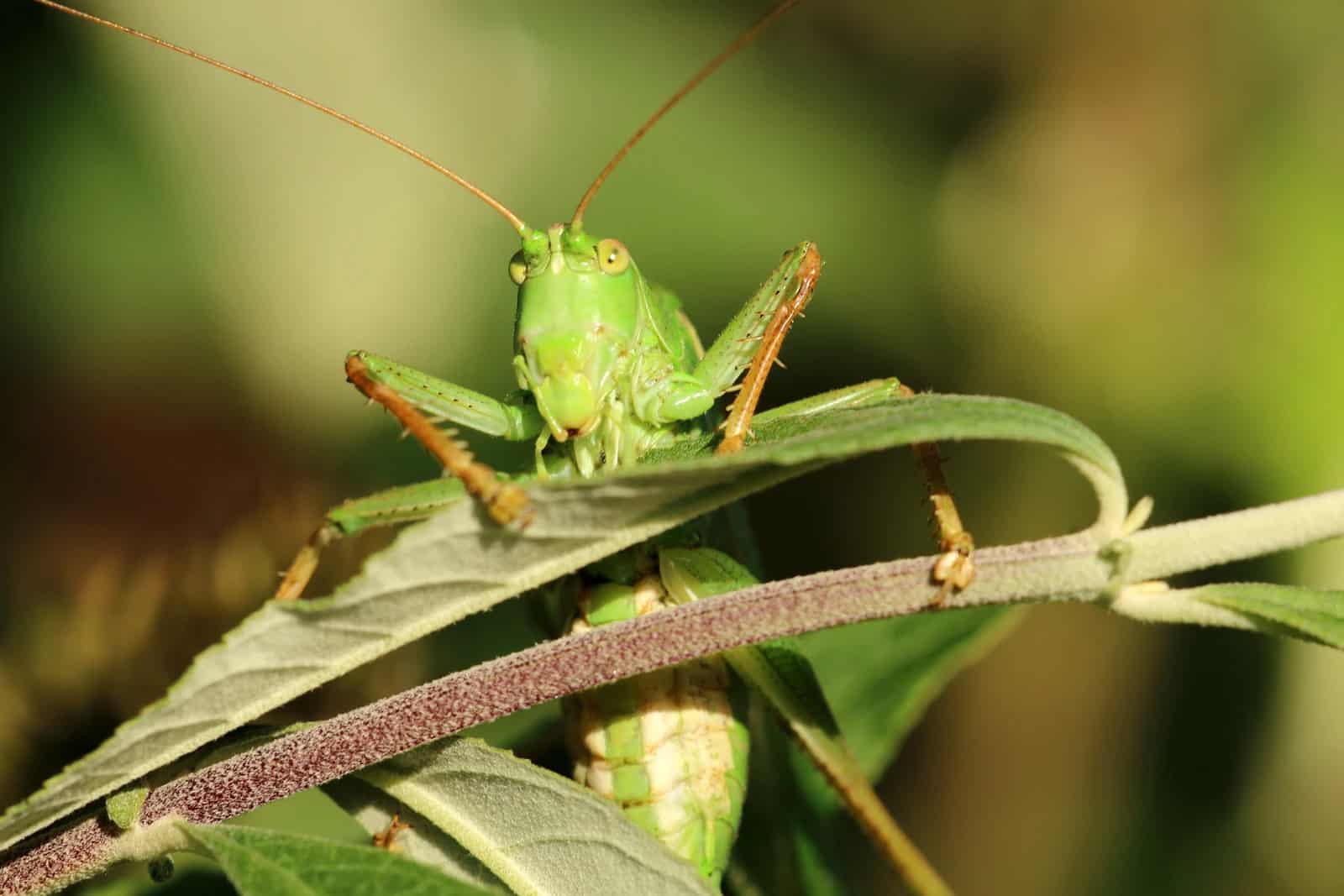3. The white-tailed eagle
White-tailed Eagles were once widespread along the whole of the South Coast of England, from Cornwall to Kent, before being driven to extinction by relentless persecution that began in the Middle Ages.
The last pair bred on Culver Cliff on the Isle of Wight in 1780, but starting last year, a long-term project to release young birds from a secret location on the island began, with the aim to re-establish a population of this magnificent raptor.
The release is part of a project, led by the Roy Dennis Wildlife Foundation and Forestry England, to establish a breeding population of white-tailed eagles in southern England.
Re-establishing a population of White-tailed Eagles on the South Coast will restore a lost species, and help to link populations in Scotland and Ireland with those in the Netherlands and France.
While the release site remains a well-kept secret, the white-tailed eagle can turn up just about anywhere as they wander freely around the island. Chances of a sighting are far from guaranteed (but with a two-and-a-half metre wingspan, you’ll know when you’ve seen one) – though its reward in itself for any wildlife enthusiast to know that the eagle is back, out there, somewhere on the island.

